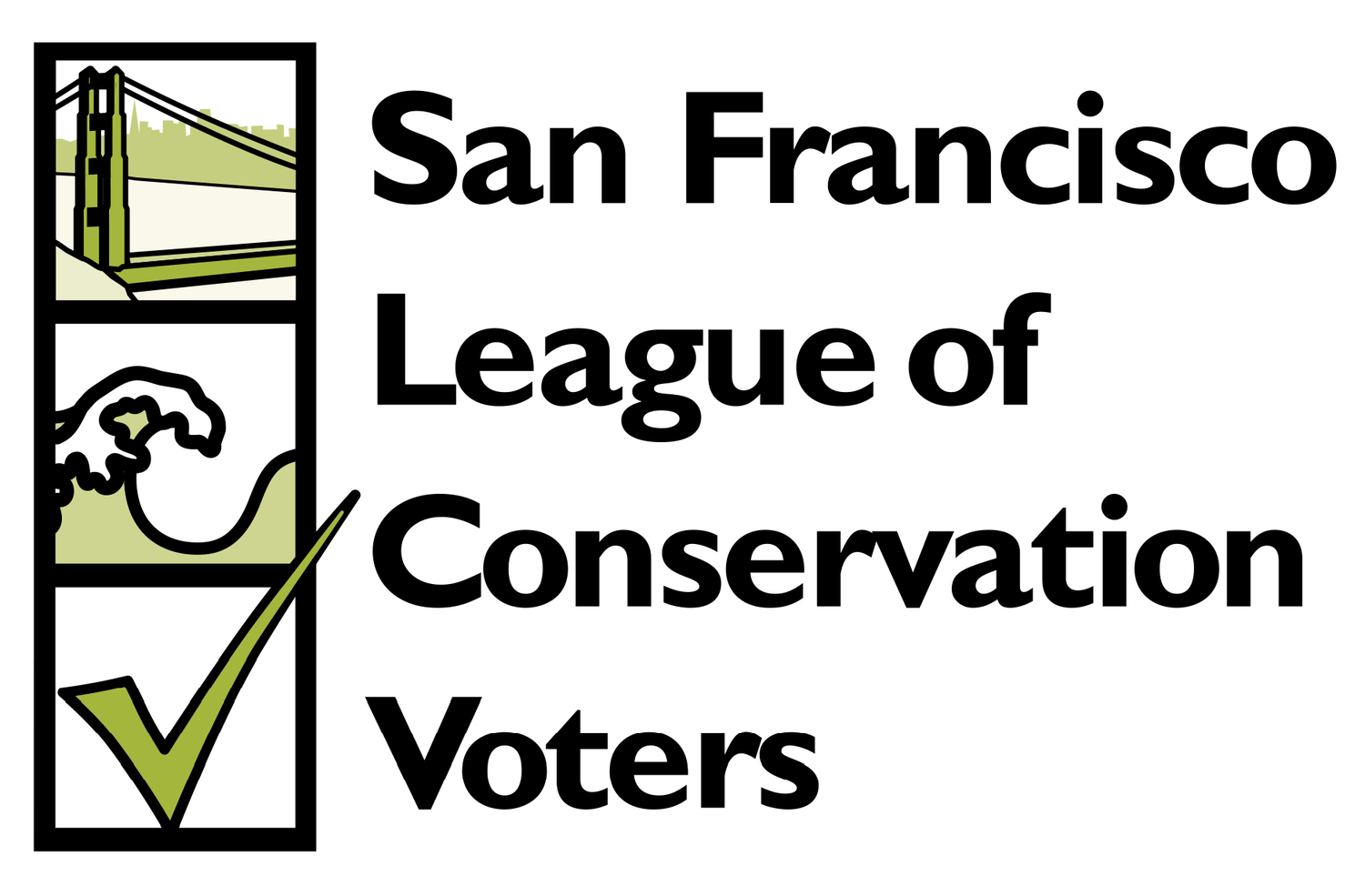Doyle Drive -- Comment Period Open
/The comment period for Doyle Drive is now open, and closes March 1st. More details here. SFLCV supports the parkway option with some caveats.
For a quick background, Doyle Drive is the stretch of road that connects the Marina to the Golden Gate Bridge. The current structure is 70 years old, and is considered seismically unsound, as well as no longer meeting highway standards. This project is now ending phase 2. Phase 3, design is slated to last through 2008, with construction starting 2009 and ending 2012(?). Costs for the various proposed designs and variations (details on their website) range from ~500-750 million dollars (with roughly a third apportioned to each city, state and federal authorities).
I attended the public comments in the Presidio. A good percentage of the speakers were opposed to the Parkway option on account of the buildings it would cause to be removed. Most requested additional time for the comment period, and the desire to see a parkway option that was less damaging to the historic nature of the Presidio.
Some of the local neighbors disbelieved the traffic studies for the parkway option. I was puzzled that some felt the non-parkway option was the more beautiful option, until I realized their viewpoint was that of a car driver rather than someone in the park. Other neighbors were adamantly opposed to a parkway design option that would remove the YMCA pool building.
Various enviros spoke in favor of the parkway option, as did SPUR, all with (naturally) a few caveats for further study.
One member of the community, a victim of head on collision on Doyle Dr, spoke eloquently about just needing to get on with it, that enough people have died.
You can submit your own comments here.

